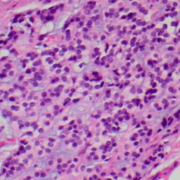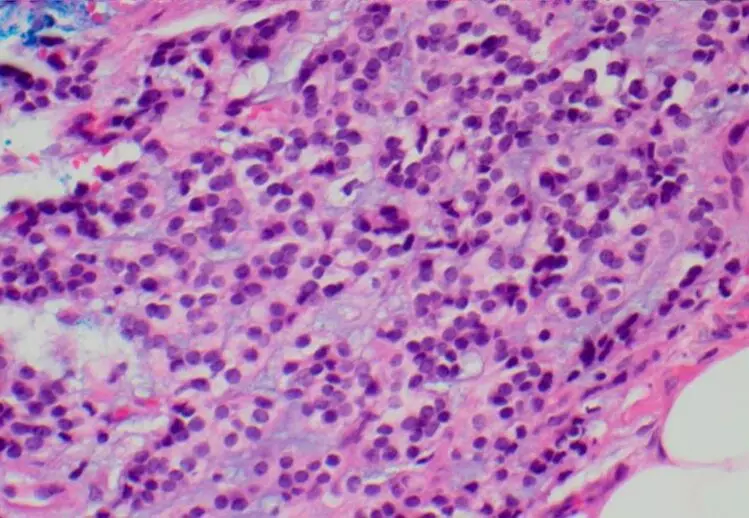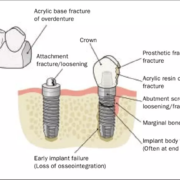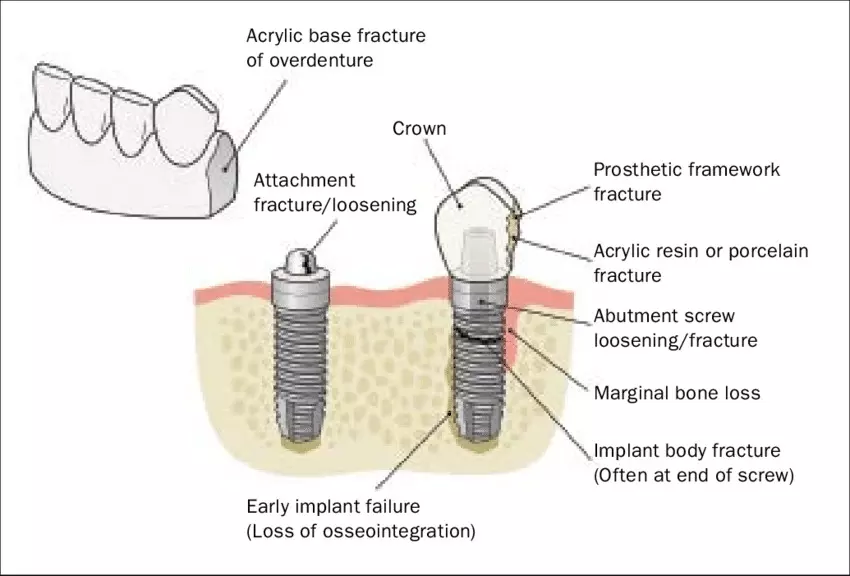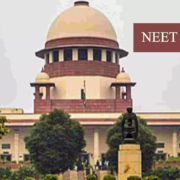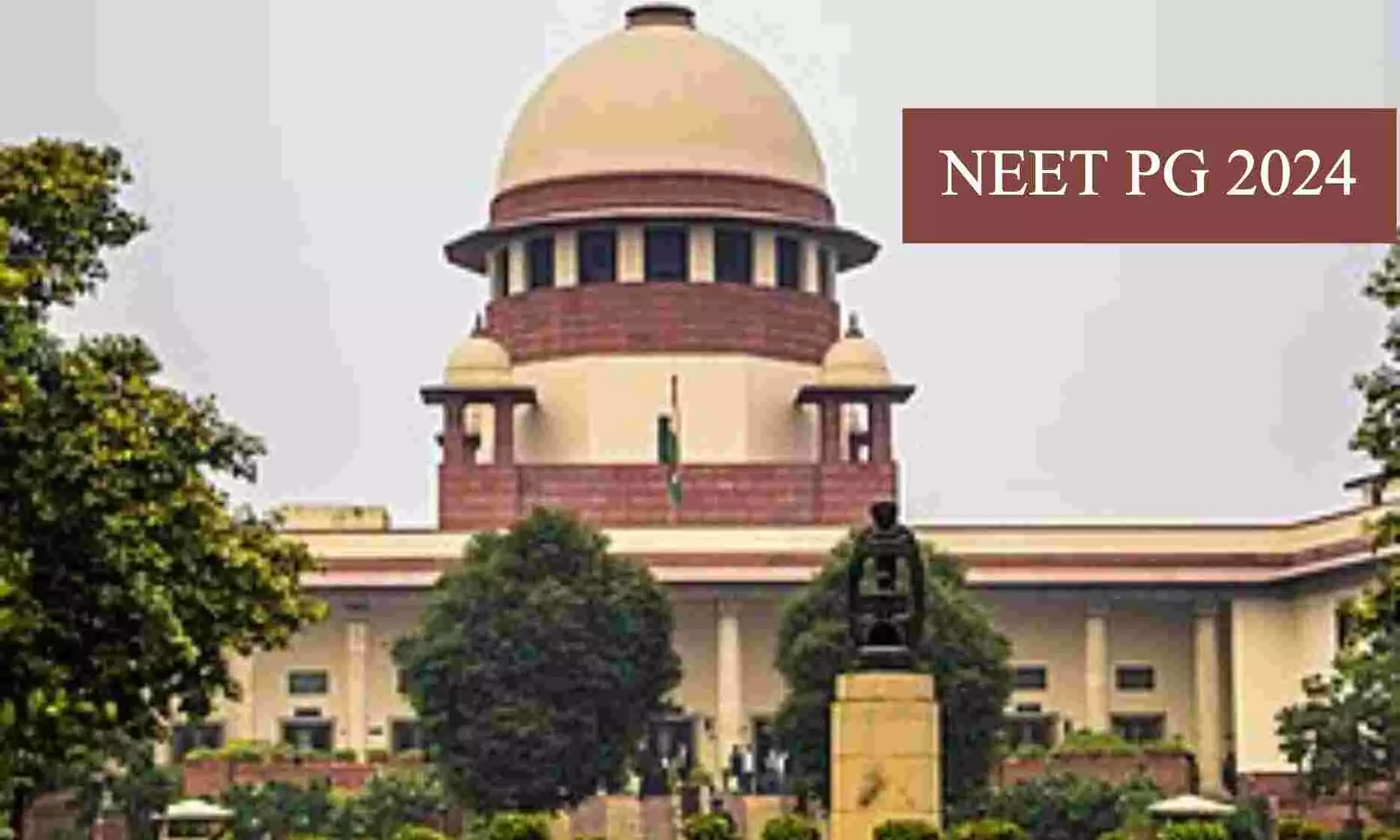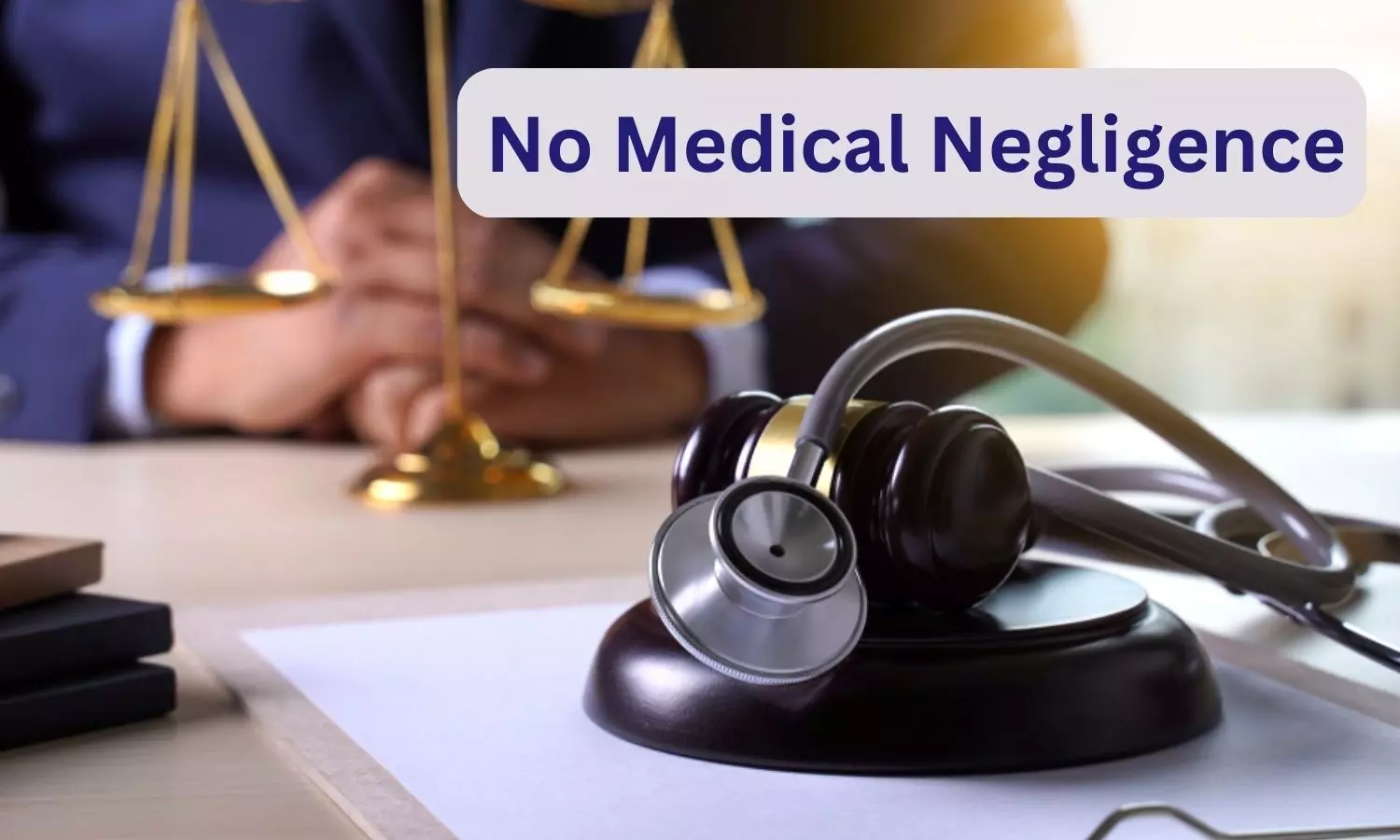
New Delhi: Observing that expert opinion plays a vital role in determining negligence, the National Consumer Disputes Redressal Commission (NCDRC) recently exonerated an Odisha-based hospital accused of medical negligence while providing treatment to a patient suffering from a snake bite injury.
During her treatment at the hospital, the patient developed gangrene on her right thumb, which was amputated consequently. Even though the patient alleged negligence by the hospital, the Apex Consumer Court noted that there was no expert opinion that was brought on record.
Therefore, the Commission observed that in the absence of any expert opinion that was brought on record to establish any negligence, the hospital could not be held responsible for any medical negligence.
“The hospital provided necessary medical attention and administered treatment. The thread was removed at the OP Hospital and the injury was also treated. The negligence in tying a thin thread tightly was on the part of the parents of the Complainant and the gangrene so developed was unrelated to the treatment by OPs,” observed NCDRC.
The history of the case goes back to 1999 when the complainant suffered a bleeding injury on her right thumb caused by a snake bite and was taken to Nehru Satabdi Central Hospital, Mahanadi Coalfields Ltd., Talcher. She was admitted to the casualty department as a ‘non-entitled patient’ on a payment basis and was treated as an indoor patient in the Paediatric ward/ICU for around 15 days.
It was alleged by the complainant that despite being under the care of the hospital doctors, the treating doctor failed to provide proper treatment for the snake bite, leading to the development of gangrene.
Consequently, the gangrenous right thumb was amputated on 10.05.1999 and allegedly, she was discharged without being completely cured, with the right thumb remaining in a compromised condition.
Following her discharge, the patient allegedly had to undergo further treatment to heal the wound from the amputation at Sisu Bhawan, Cuttack, incurring substantial expenses. Further, she alleged that the amputation significantly impacted her daily life, ability to write, body image and marriage prospects.
Filing the consumer complaint, she claimed that she lost a valuable part of her body due to the deficiency and negligence in the treatment provided by the hospital and its doctors and for this she sought compensation of Rs 5 lakhs.
Responding to the District Forum, the hospital and doctors submitted that at the time of admission to the hospital, a black thread was tightly tied around the root of her right thumb and it was recorded by the Casualty Medical officer. The patient was drowsy and had a very weak pulse, inadequate respiratory effort, flaccid limbs, and a bluish right thumb.
The hospital and its doctors attributed the thumb’s discolouration to the tightly tied black thread, which was removed by the hospital staff before cleaning and dressing the wound. Thereafter, she was administered IV fluids and oxygen before being transferred to the ICU on artificial ventilation and further observation.
Anti-snake venom and necessary injections were given to stabilize her condition, and she was discharged on 05.06.1999. However, her right thumb had to be amputated on 30.05.1999, due to the gangrene. The hospital and doctors contended that the patient’s right thumb had already turned blue at the time of her arrival at the hospital because the black thread tied had stopped the blood supply to the thumb. They claimed that the thread, being very thin, created significant pressure on the same spot, leading to gangrene. Whereas, in the normal course, to prevent snake venom from spreading, if at all necessary, a wide band is suggested.
Therefore, it was the contention of the hospital and its doctors that it was the negligence on the part of the complainant’s parents, not the alleged improper treatment, that caused the gangrene to develop in the first place.
Partly allowing the complaint, the District Commission observed that no black thread was applied to the root of the petitioner’s right thumb after the snake bite and concluded that the gangrene was caused by the hospital and doctors’ negligent treatment, leading to the thumb’s amputation. Therefore, the District Commission directed them to pay Rs 3 lakh as compensation and Rs 1,000 as the cost of litigation.
Upholding the District Commission’s order, the State Consumer Court enhanced the amount of compensation to Rs 10 lakhs and further directed the hospital and doctors to pay Rs 25,000 as the cost of litigation.
Challenging this, the hospital filed a plea before the Apex Consumer Court. While considering the matter, NCDRC noted that admittedly, the Complainant approached the hospital with a history of snake bite.
“It is also undisputed that, immediately after the snake bite incident, apparently to prevent the venom to spread within her body, a thread was fastened on her thumb. It is clear that she was administered necessary treatment and the as per the protocol for snake bite. It is, however, the grievance of the Complainant that the treatment of the OPs has led to the formation of gangrene on her right thumb which resulted in its amputation. She contended that the presence of the black thread in question was an afterthought of the OPs to evade liability as the same found no mention in the MRD Sheet,” the Commission further noted.
In this regard, the hospital and the doctors argued that the State Commission merely relied on the testimony of the complainant’s father and the fact that her right thumb had already turned blue upon her arrival at the hospital because the black thread tied had stopped blood supply to the thumb was not considered.
The Commission noted that the Complainant’s main contention was that the presence of the thread being fastened on the right thumb was not recorded in the Medical Record Department Sheet (MRD).
In this regard, NCDRC noted, “Clearly, MRD is a systematic documentation of a patient’s medical history and the treatment and care given to a patient. Its purpose is to serve as a basis for planning future patient care. Moreover, the MRD sheet in question had a set format with questions relating to the name, age etc. of the patient and had to be answered in the manner so required. It is not the purpose of the MRD sheet to mention each and every detail. Therefore, in the absence of scope for recording extra details on such format, the Complainant’s contention that the presence of thread fastened on the thumb was not recorded in MRD is untenable.”
On how the Complainant sustained the ligature injury, the Commission noted that the ‘nurse chart’ at the ICU, which was brought on record, showed that ‘a ligature (thread) was cut and dressing done’.
“The same had also been noted in the order of the State Commission. Clearly, this thin thread that was fastened on her right thumb is not part of the treatment administered by the doctors. It existed before she was brought to the OP Hospital and was removed subsequently. That part was also dressed as there was some injury because of fastening of the thread. Therefore, it is clear that the thread was tied to the Complainant prior to the admission,” the Commission observed.
Regarding the treatment provided, the Commission noted that the hospital and doctors asserted that every anti-venom vial is provided with literature enclosed, prescribing the dosage in which it is to be administered.
“It is no new fact that medicines are often not a 100% of a particular component but a composition of various elements in particular proportions which when taken together help cure the ailment. In treatment for snake bite cases, there are multiple options of venom veil available in different dosages. The best person to assess which medication to administer is the treating doctor. As long as the treatment method adopted and the medicine administered are as per protocol, it cannot be said that a wrong treatment was given,” noted the Commission.
Holding that there was no medical negligence or deficiency by the hospital and the doctors, the Commission further observed,
“OPs placed medical literature on record which shows that proper medicines were administered for the treatment of snake bite. Therefore, the argument that there is negligence on the part of the OPs merely because medicine was not administered in the same doses prescribed in the medical literature put on record by the Complainant holds no ground, when an alternate and acceptable procedure had been followed with due care and caution. The medical reports brought on record and the testimonies of the doctors make it evident that there was no medical negligence or deficiency in service by OPs.”
The NCDRC bench also referred to the Supreme Court order in the case of Jacob Mathew where it was held by the Apex Court that as long as a doctor follows a practice acceptable to the medical profession of that day, he cannot be held liable for negligence merely because a better alternative course or method of treatment was also available.
Further noting that there was no expert opinion that was brought on record to establish any negligence, the Apex Consumer Court exonerated the hospital and its doctors and ordered, “Based on the discussion above, clearly no negligence on part of OPs is established. Therefore, the orders of the learned State Commission dated 22.07.2022 and the learned District Forum dated 21.02.2000 are not based on due appreciation of facts and circumstances of the case and, therefore, set aside.”
To view the order, click on the link below:
https://medicaldialogues.in/pdf_upload/ncdrc-order-254457.pdf
Also Read: Eye injury due to dengue fever, not delay by ophthalmologist: NCDRC relief to Delhi Hospital in medical negligence case







